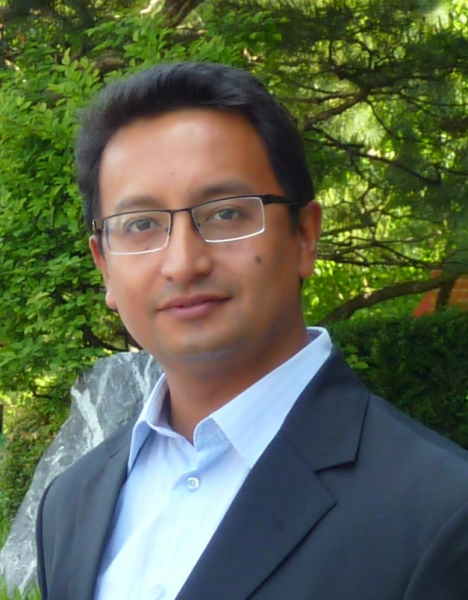More than 50 percent of adults with high blood pressure in suburban Nepal don’t know they have it, according to researchers from the University of Washington School of Public Health and the Kathmandu University School of Medical Sciences.
A new study based on data from nearly 300 hypertensive adults in the town of Dhulikhel, Nepal, found that most of those who were aware of their hypertension status were being treated, but only a small fraction had their chronic condition under control. Older adults and women had higher levels of awareness, as did people from historically well-off and educated ethnic groups.
“Nepal, a country of about 27 million people, has an astounding ethnic diversity and insights into the differences in health literacy between these ethnic groups is crucial to develop targeted health programs,” said lead author Dr. Biraj Karmacharya, who conducted the study as a graduate student in the School’s Department of Epidemiology. Dr. Karmacharya is a post-doctoral fellow in the UW’s Cardiovascular Health Research Unit.
Hypertension “ranks among the most important risk factors for cardiovascular disease, contributing to 45 percent of global cardiovascular disease morbidity and mortality,” the researchers wrote.
To gain more insight into the awareness, treatment and control of hypertension, Dr. Karmacharya and his research team used baseline data from the Dhulikhel Heart Study. The original study, which included health interviews and blood pressure measurements, looked at cardiovascular disease risk factors among 1073 participants from randomly selected households.
The new study’s findings, published in January 2017 in the cardiology journal Heart Asia from BMJ Publishing, showed that 43.6 percent of hypertensive participants were aware of their condition. Of this group, more than three-fourths were receiving treatment, but only 35.5 percent of those treated had their blood pressure under control.
Researchers also found that there were significant differences in treatment status based on the participants’ sex, occupation, age, income and body mass index (BMI).
“It is concerning that despite the availability of low-cost drugs for hypertension management, the treatment and overall control rates are not satisfactory,” researchers wrote. This may be due to low perceived risks of hypertension, low health literacy, lack of motivation and/or medication costs, and suboptimal use of recommended treatment guidelines in low-resource settings, according to the study.
“It is high time that the global health community focus on this condition, which has emerged in resource-limited settings as ‘the hidden and the untamed beast’,” said Dr. Karmacharya.
Study co-authors include Dr. Rajendra Koju, Dr. James LoGerfo, Dr. Kwun Chuen Gary Chan, Dr. Ali Mokdad, Dr. Archana Shrestha, Dr. Nona Sotoodehnia and Dr. Annette Fitzpatrick from the UW School of Public Health and School of Medicine.
